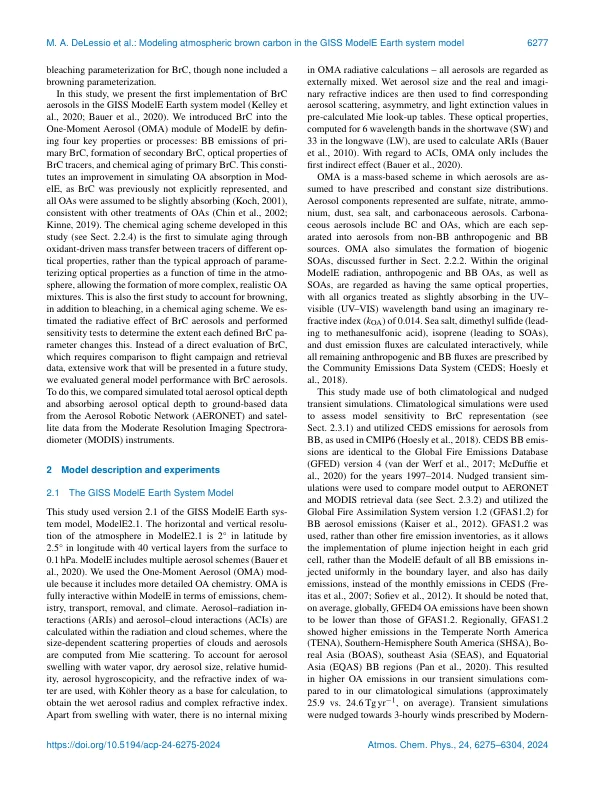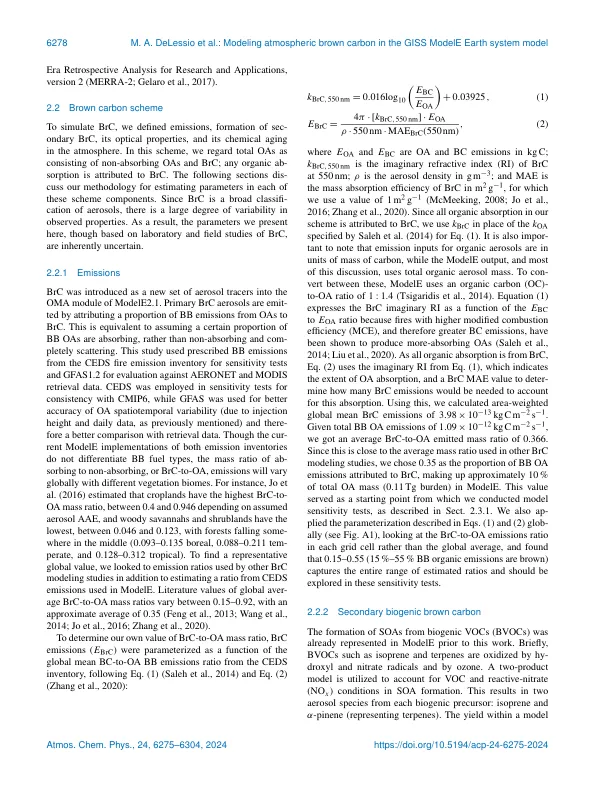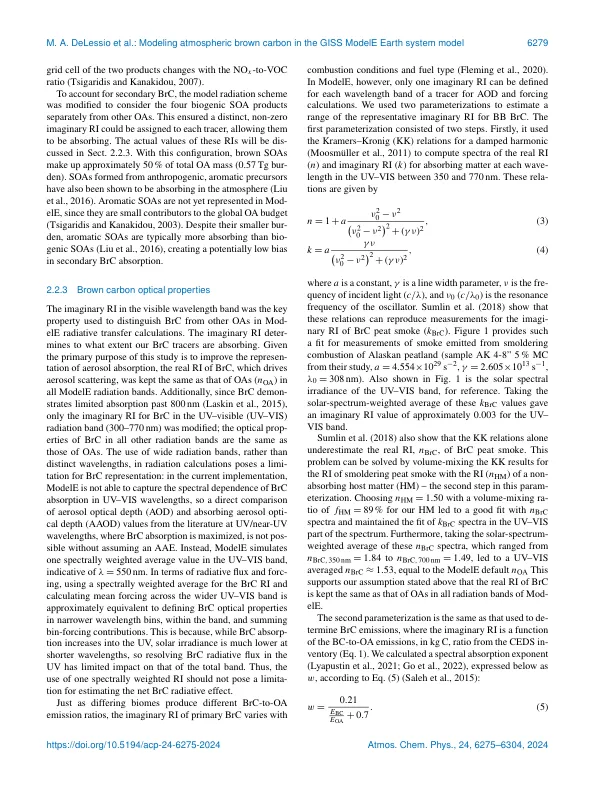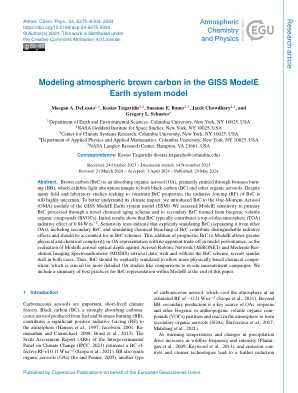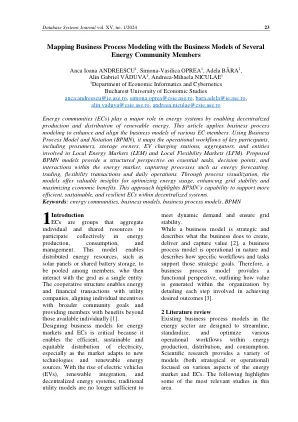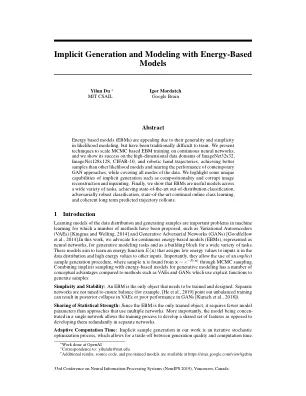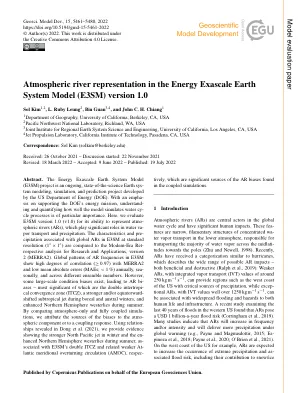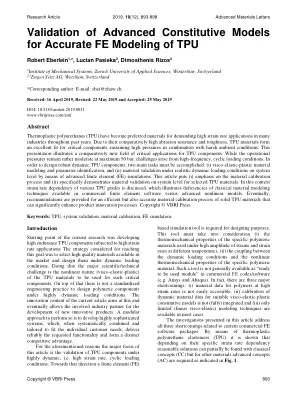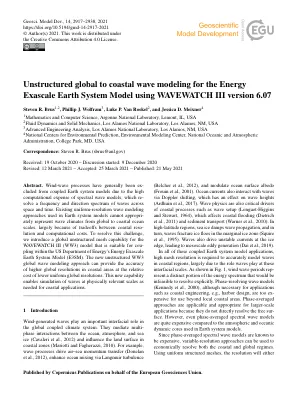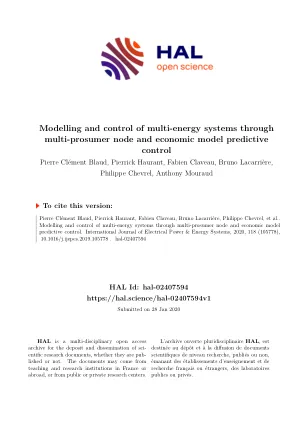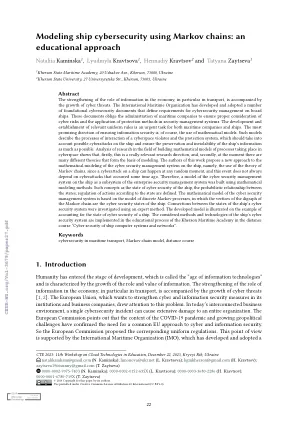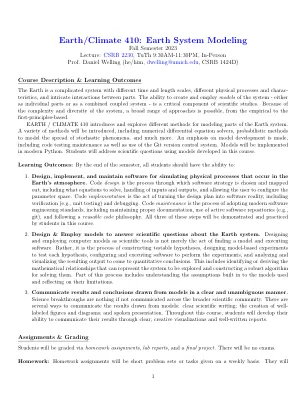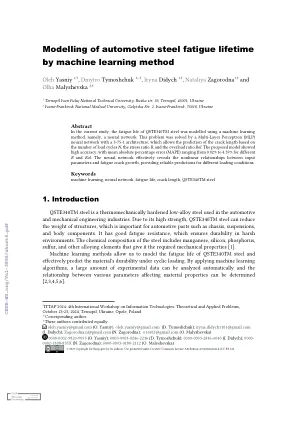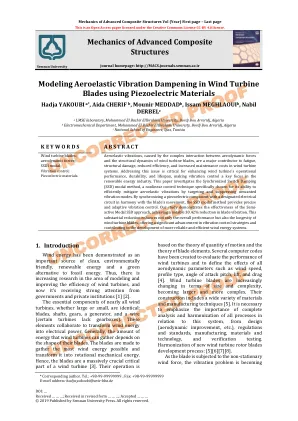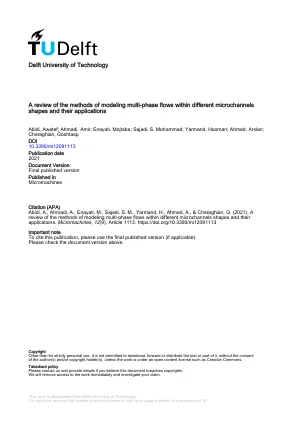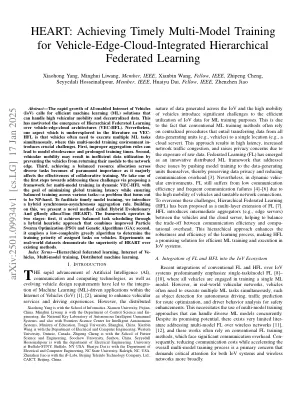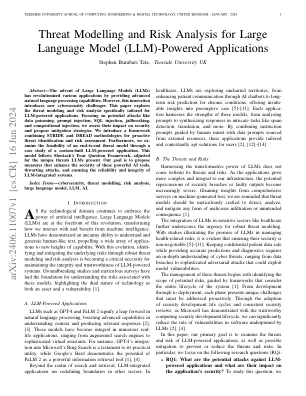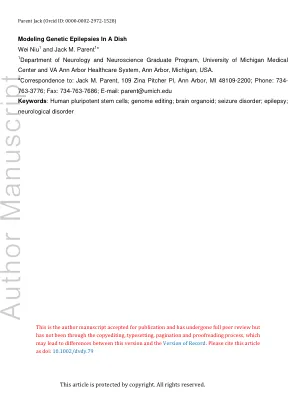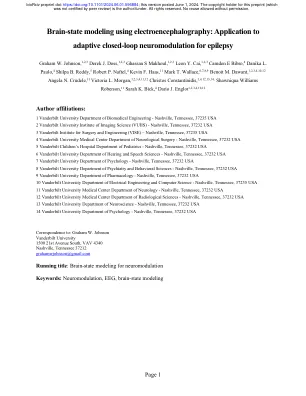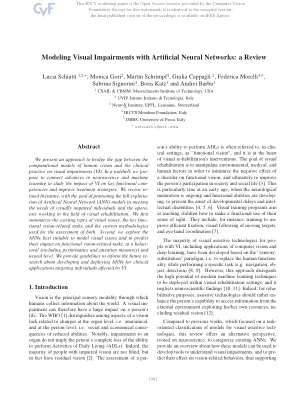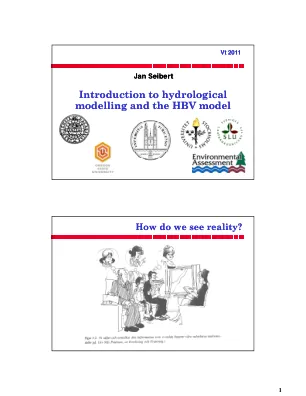摘要。Brown carbon (BrC) is an absorbing organic aerosol (OA), primarily emitted through biomass burn- ing (BB), which exhibits light absorption unique to both black carbon (BC) and other organic aerosols.Despite many field and laboratory studies seeking to constrain BrC properties, the radiative forcing (RF) of BrC is still highly uncertain.To better understand its climate impact, we introduced BrC to the One-Moment Aerosol (OMA) module of the GISS ModelE Earth system model (ESM).We assessed ModelE sensitivity to primary BrC processed through a novel chemical aging scheme and to secondary BrC formed from biogenic volatile organic compounds (BVOCs).初始结果表明,BRC通常贡献0.04 Wm-2的辐射效应最高的辐射效应。Sensitivity tests indicate that explicitly simulating BrC (separating it from other OAs), including secondary BrC, and simulating chemical bleaching of BrC contribute distinguishable radiative effects and should be accounted for in BrC schemes.This addition of prognostic BrC to ModelE allows greater physical and chemical complexity in OA representation with no apparent trade-off in model performance, as the evaluation of ModelE aerosol optical depth against Aerosol Robotic Network (AERONET) and Moderate Res- olution Imaging Spectroradiometer (MODIS) retrieval data, with and without the BrC scheme, reveals similar skill in both cases.Thus, BrC should be explicitly simulated to allow more physically based chemical compo- sition, which is crucial for more detailed OA studies like comparisons to in situ measurement campaigns.我们在本文结尾的Modele内包含了BRC代表的最佳实践摘要。
在GISS Modele地球系统模型中对大气棕色碳进行建模
主要关键词


